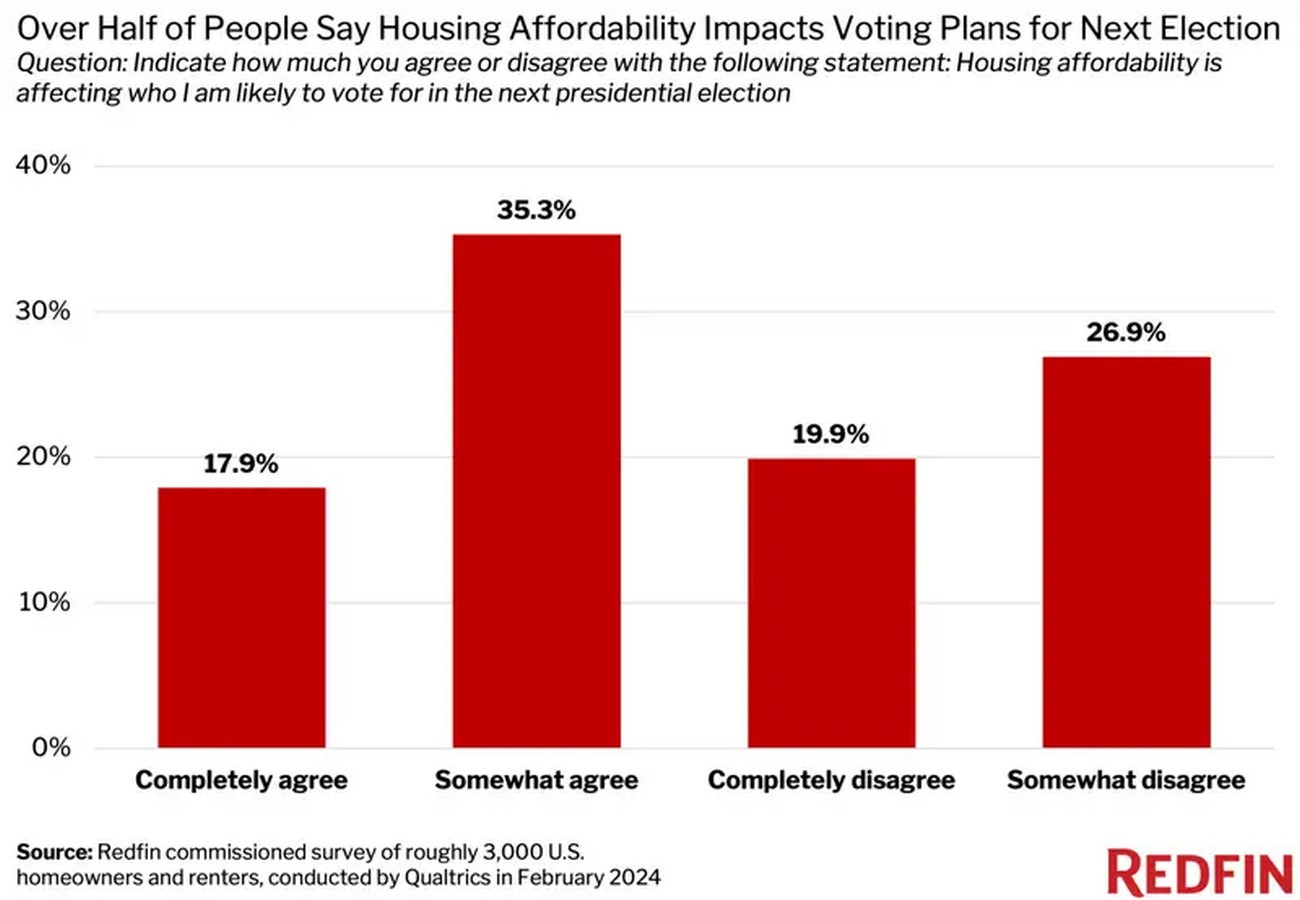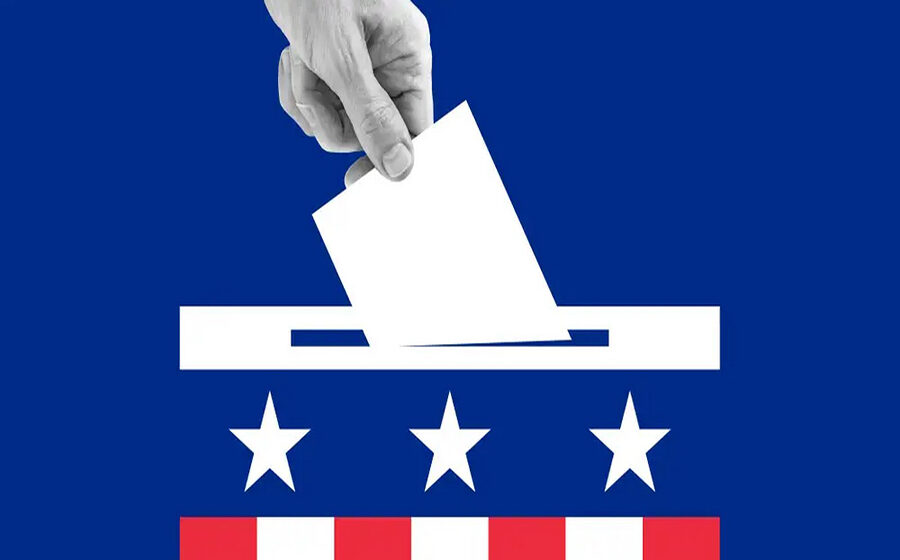Amidst the upcoming presidential contest in November, the affordability of housing emerges as a critical determinant in the voting decisions of American homeowners and renters. According to a February 2024 survey conducted by Redfin among 3,000 individuals across the United States, over half, specifically 53.2%, identify housing affordability as a pivotal factor shaping their electoral choices.
The Burden of Housing Affordability
Daryl Fairweather, Chief Economist at Redfin, highlights the significance of housing affordability in voters’ minds. Elevated mortgage rates, soaring home prices, and a persistent housing shortage collectively contribute to the unattainability of homeownership for many Americans. Fairweather notes that despite the apparent strength of the economy, numerous families are excluded from its benefits due to their struggles in affording suitable housing, leaving them feeling immobilized in their aspirations for housing upgrades and relocations.
Pessimism Surrounding Economic Outlook
The survey reveals a prevalent sentiment of pessimism regarding the economy, with almost two-thirds, approximately 64.2%, of both homeowners and renters expressing concerns. The primary driver of this economic disillusionment is attributed to the widespread issue of poor housing affordability across various regions of the nation.

Presidential Initiatives on Housing Affordability
President Biden has recently unveiled proposals aimed at alleviating housing affordability challenges during his State of the Union address. These initiatives include tax credits for mortgage relief and provisions for down payment assistance targeting first-time homebuyers. However, analysts caution that these measures fail to address the fundamental problem underlying housing affordability – the insufficient supply of housing in the United States.
Fluctuating Mortgage Rates
In February, mortgage rates experienced a slight increase, marking a reversal from a preceding period of decline. This shift in trajectory occurred as market expectations adjusted regarding potential rate cuts by the Federal Reserve.
In conclusion, the forthcoming presidential election is poised to witness housing affordability emerge as a key determinant influencing voter preferences. Despite proposed policy interventions, the pervasive issue of housing unaffordability persists, posing challenges that necessitate comprehensive solutions addressing the fundamental imbalance between housing supply and demand.



